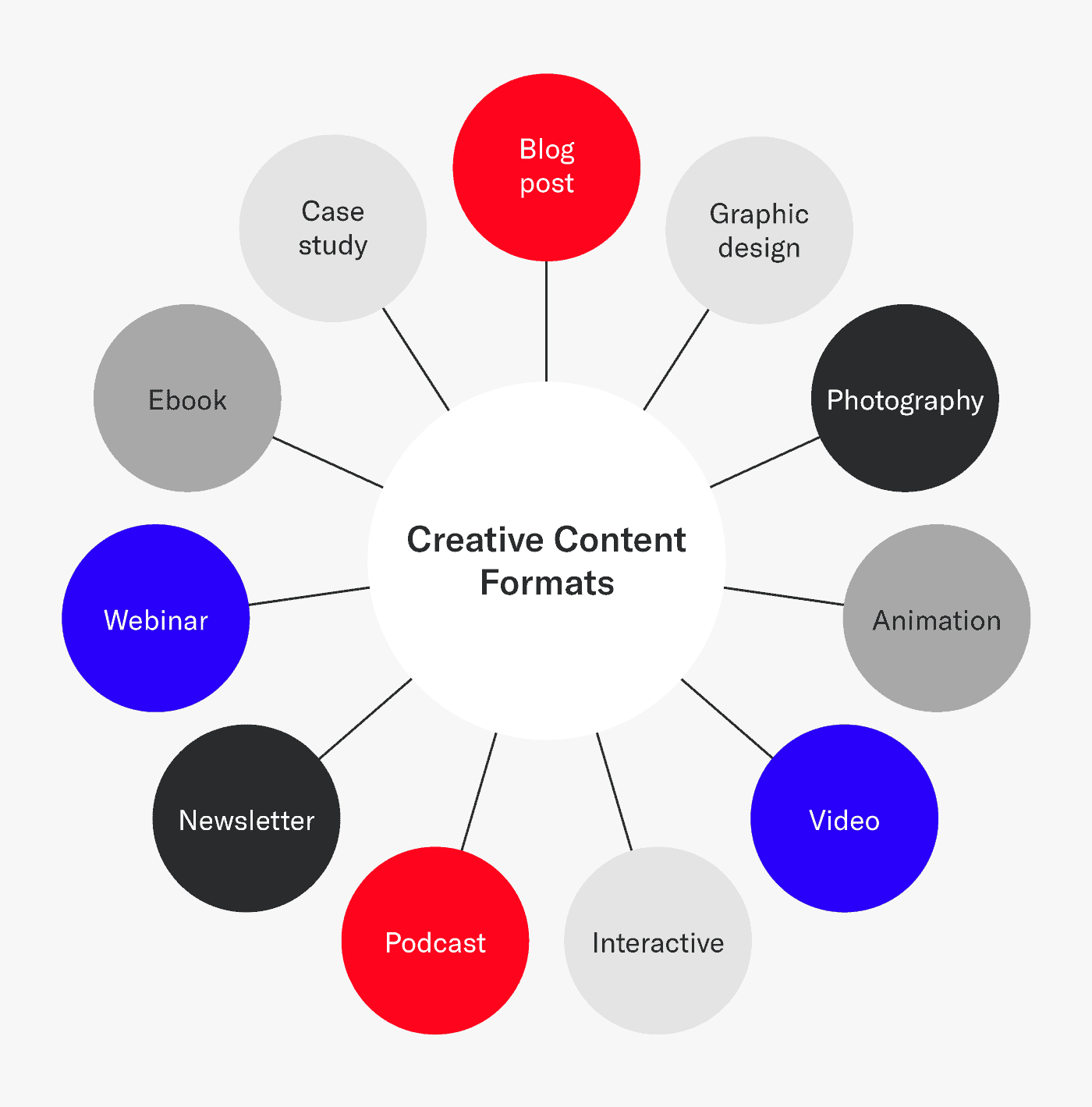In the digital age, storytelling isn’t just a branding tactic—it’s a performance marketing powerhouse. When done right, stories evoke emotion, build trust, and ultimately drive measurable results like clicks, conversions, and sales.
For a performance marketing agency or an advertising and digital marketing agency, finding the right storytelling format is essential to move audiences through the funnel efficiently. It’s not about telling a good story just for engagement—it’s about telling the right story that delivers ROI.
Here are 8 creative storytelling formats that consistently deliver in performance-driven campaigns:
1. Problem-Solution Format
This timeless format works exceptionally well in performance marketing. It introduces a relatable problem, agitates the pain point, and then presents your product or service as the solution.
Why it works:
- Captures attention by empathizing with the customer’s struggle.
- Creates urgency to solve the problem.
- Provides a clear path to conversion.
A good performance marketing agency often uses this structure in landing pages, social ads, and email sequences to directly address user pain points and drive action.
2. Customer Journey Case Studies
Instead of just listing features or benefits, walk your audience through a real customer’s transformation. This narrative format turns dry testimonials into a compelling before-and-after story.
Why it works:
- Provides social proof with depth.
- Demonstrates product effectiveness.
- Builds credibility and trust.
Many advertising and digital marketing agencies are now using video case studies, carousel ads, and blog storytelling to showcase customer success in a highly relatable way.
3. Behind-the-Scenes Storytelling
People love getting an inside look—whether it’s into how a product is made, the culture behind a brand, or the story of the founder. This human-centric format adds authenticity and emotional appeal.
Why it works:
- Humanizes your brand.
- Increases transparency and trust.
- Drives engagement and loyalty.
For performance marketing, this format is effective on Instagram Stories, TikTok videos, or brand emails, often boosting engagement rates and driving qualified traffic.
4. User-Generated Content (UGC) Stories
UGC puts your customers in the spotlight and turns them into storytellers. When your audience sees real people using and loving your product, it acts as a powerful conversion trigger.
Why it works:
- Offers relatable, authentic storytelling.
- Reduces ad fatigue.
- Boosts credibility with peer validation.
A smart performance marketing agency will use UGC in paid social campaigns, retargeting ads, and product pages to build trust and push users closer to purchase.
5. Data-Driven Visual Narratives
In B2B and performance-driven sectors, numbers tell powerful stories. Turning statistics, charts, and insights into visually engaging formats (like infographics or animated videos) adds clarity and persuasion.
Why it works:
- Appeals to logical decision-makers.
- Simplifies complex information.
- Reinforces claims with credibility.
Top advertising and digital marketing agencies often leverage this format in LinkedIn ads, email nurturing sequences, and whitepapers to support conversions with data-backed messaging.
6. Interactive Storytelling (Quizzes, Calculators, Polls)
Interactive formats turn passive viewers into active participants. A quiz that recommends a product, a calculator showing potential savings, or a poll that engages opinion—all offer personalized, story-driven engagement.
Why it works:
- Increases dwell time and user engagement.
- Offers personalized outcomes.
- Generates qualified leads.
This format is particularly effective in lead generation campaigns managed by a performance marketing agency. It captures user data while delivering a custom narrative.
7. Time-Limited or Countdown Narratives
Stories that create a sense of urgency using countdowns or limited-time events are highly effective in performance marketing. Think flash sales, product launches, or limited drops.
Why it works:
- Triggers fear of missing out (FOMO).
- Encourages faster decisions.
- Creates excitement and anticipation.
Agencies often use this format across email campaigns, pop-ups, and performance ads to drive quick conversions within a short window.
8. Episodic Content Series
Instead of one-off content, create a multi-part story spread across emails, videos, or social posts. Each piece builds on the last, keeping your audience coming back for more—and engaging deeper with your brand.
Why it works:
- Builds audience anticipation.
- Increases brand recall.
- Drives repeat engagement.
For instance, a performance marketing agency might use an email mini-series to onboard new customers, introduce features gradually, and drive upsells in later stages.
Why Storytelling Matters in Performance Marketing
Storytelling isn’t reserved for top-of-funnel brand awareness. When structured correctly, it directly impacts conversion metrics, such as:
- Click-through rates on ads and emails
- Time on page and bounce rates
- Lead generation and cost per lead
- Customer lifetime value (CLTV)
It bridges the emotional and rational drivers behind every purchase decision.
That’s why leading advertising and digital marketing agencies are increasingly integrating storytelling into performance strategies—from PPC ads and social videos to sales funnels and retargeting flows.
Tips to Make Your Storytelling Perform:
- Start with audience research: Know what stories resonate with your target users.
- Test different formats: A/B test videos vs. carousel ads, or long-form vs. short-form storytelling.
- Keep it action-oriented: Always tie the story to a clear CTA (download, shop now, sign up).
- Make it visual: Visual storytelling outperforms text-only formats in most digital channels.
- Use data to optimize: Analyze performance metrics to refine the story format over time.
Final Thoughts
Creative storytelling is no longer optional in performance marketing—it’s a necessity. The right story, in the right format, can significantly improve campaign performance and foster stronger customer relationships.
Whether you’re working with a boutique performance marketing agency or a full-service advertising and digital marketing agency, make sure storytelling is a core part of your strategy.
Because in the end, people don’t just buy products—they buy stories they connect with.

